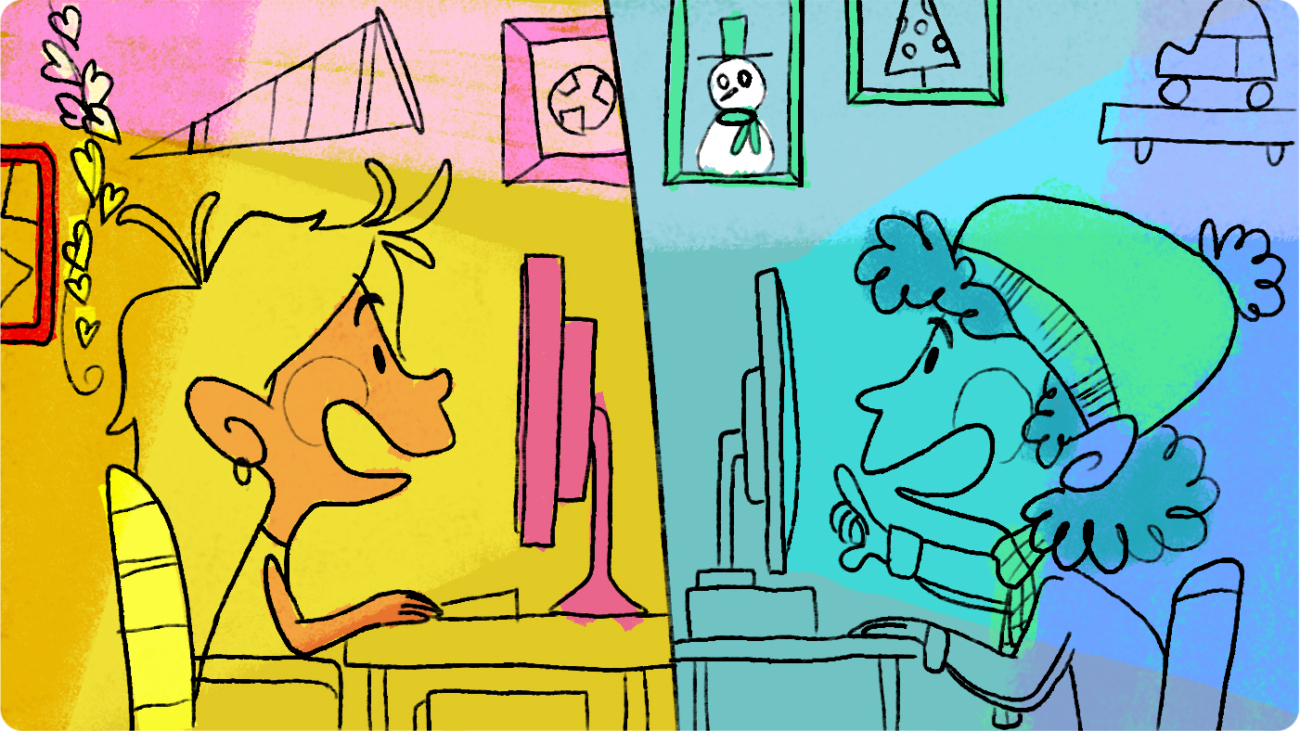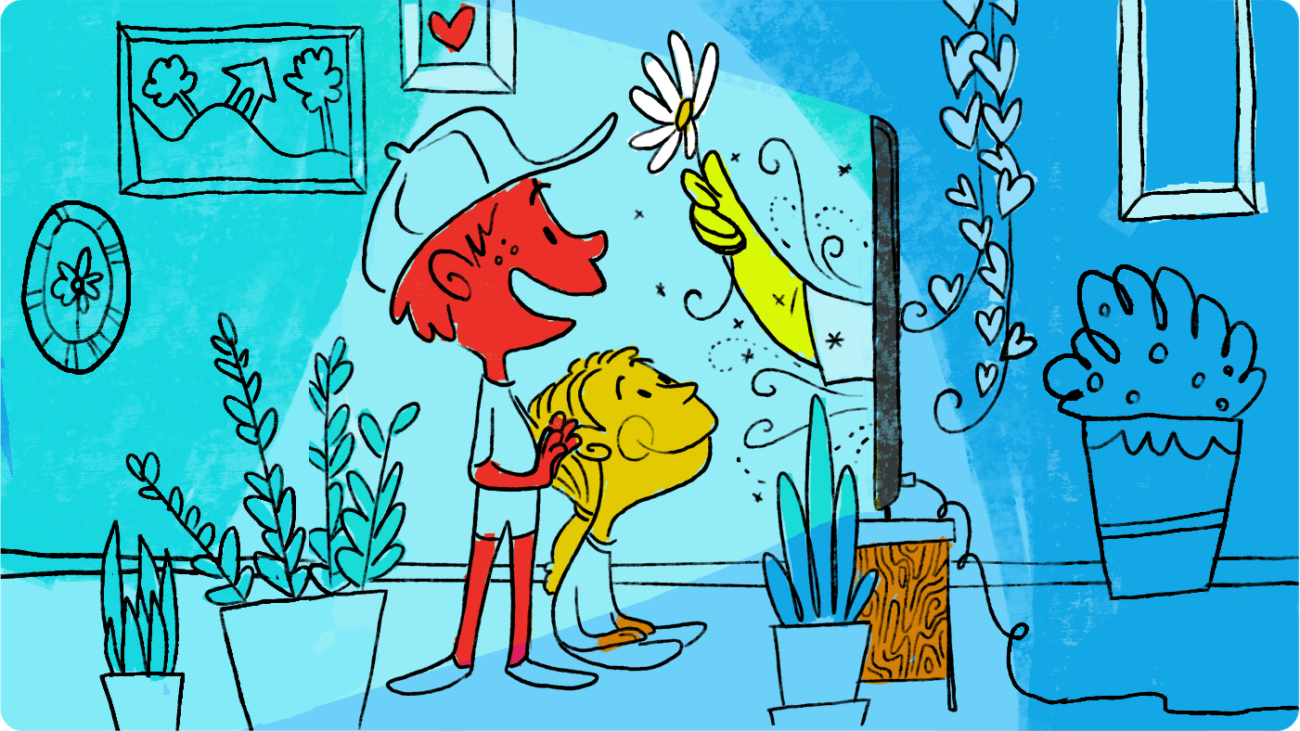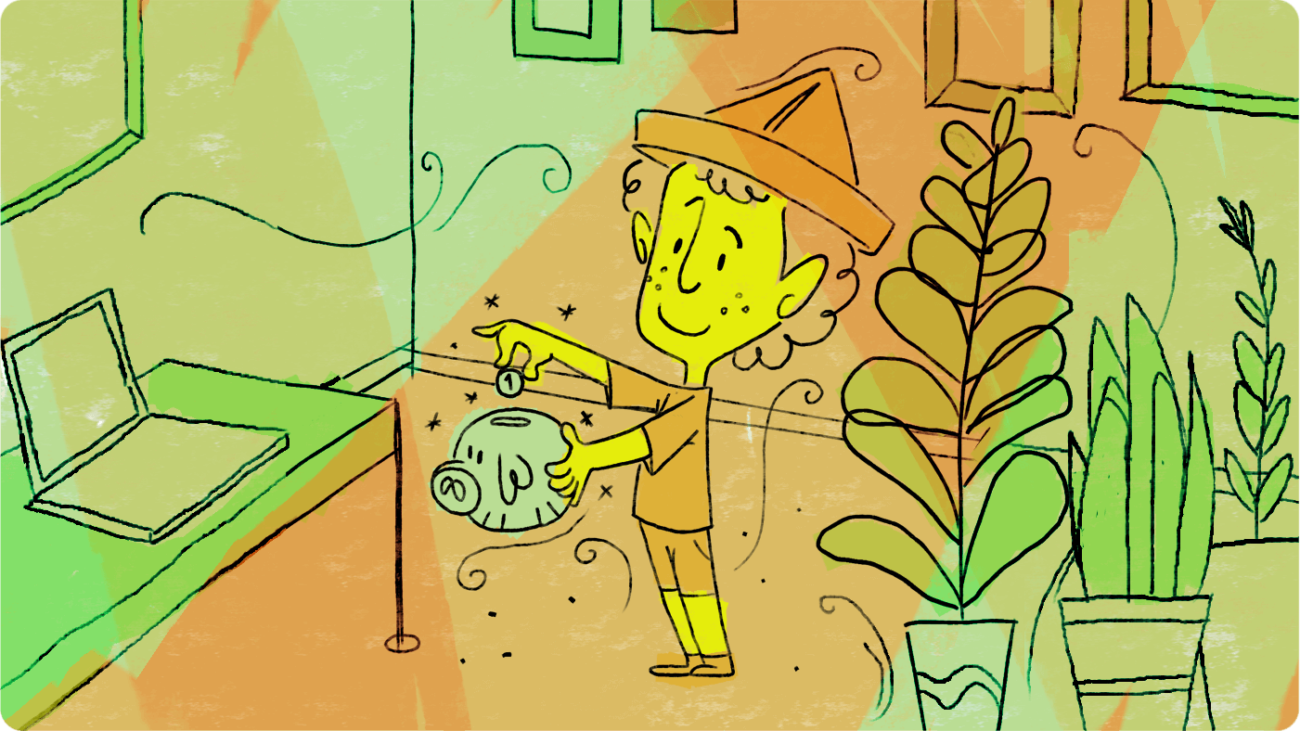Remote work has become increasingly popular in recent years, especially in the arts industry. While there are some challenges that come with working remotely, there are also many positives that make it a great choice for artists. Since 2016 I’ve been working remotely for studios around the world and I feel more and more excited to share this way of working. Here are some of the top benefits of remote work in the arts:
- Geographic Freedom and Diversity
For me the most important key. Remote work in the arts offers freedom and geographic diversity, allowing artists to work from any location in the world. In 2016 when I started working remotely, I lived in a city called Alto Paraíso in the interior of Brazil, surrounded by nature and wonderful waterfalls. I always wanted to live close to nature and be inspired by its beauties, working with much more desire because of that. This can be particularly beneficial for artists looking to travel or relocate without sacrificing their career. Artists can choose to live and work in a location that inspires them, whether it’s a bustling city or a quiet rural area, and still stay in touch with their clients and collaborators through remote work. It can also help bring diversity to the art industry, as artists from different backgrounds and cultures can share their unique perspectives and ideas. I find it wonderful to be able to talk to Indians, Irish, Canadians and Italians working on the same project as me. Remote work can therefore help break down barriers and create a more inclusive and diverse arts community.
- Reduced Overhead Costs
Working remotely can help artists save money on overheads like rent, utilities, and transportation. This can be particularly beneficial for artists who are just starting out or working on a tight budget. By eliminating these expenses, artists can focus more on their creative work and invest in the materials and tools they need to succeed. I go further!!! For studios it is very economical in my view, even in the short term, as it reduces room rental costs, taxes such as electricity, internet, air conditioning, purchase of machinery, maintenance, etc.
- Improved Work-Life Balance
Remote work can also help improve artists’ work-life balance. By working from home or another location of their choice, artists can better integrate their personal and professional lives. This can lead to greater job satisfaction and better mental health as artists are able to prioritize self-care and spend more time with loved ones. When I worked in in-person studios, most of the time it took me more than 1 hour to get to work and the same time to go home. I spent 2 hours of my life moving around! Imagine in 10 years how long I must have been on public transport!
- Access to a Global Market
Working remotely can also open up opportunities for artists to reach a wider audience. With the rise of online platforms and social media, artists can showcase their work to a global market, regardless of their physical location. This can lead to increased exposure, more commissions, and new collaborations with other artists and businesses around the world.
- Increased Creativity
Finally, remote work can help to foster creativity and innovation. By working in an environment that suits them best, artists can explore new ideas and approaches to their work. This can lead to breakthroughs in their creative process and new, exciting work that pushes boundaries and inspires others.
- Building Strong Relationships Based on Trust and Confidence
Second most important key for me! Working remotely can also help artists build strong relationships with clients, collaborators, and other industry professionals based on trust and confidence. By communicating regularly and efficiently through video conferencing, email, or other digital tools, artists can establish a strong rapport with their partners and demonstrate their commitment to delivering high-quality work. Remote work also requires a high level of trust between all parties involved, which can lead to stronger partnerships and long-term collaborations. This trust can be further strengthened by delivering work on time and to a high standard, building a reputation for reliability and professionalism that can help to secure future projects and opportunities.
- Increased Flexibility
One of the biggest advantages of remote work in the arts is the flexibility it offers. Artists can work from anywhere, at any time, which can be a huge benefit for those who need to work around other commitments or schedules. This flexibility can also help to reduce stress and increase productivity, as artists can work in an environment that suits them best.
Overall, remote work can be a great option for artists looking to increase flexibility, reduce costs, improve work-life balance and bring more pleasure and more joy to work and life. Artists seeking remote work still have a chance to reach a wider audience and stimulate creativity through relationships with the most diverse cultures. While it may take some adjustment and effort, the benefits of remote working in the arts are clear and extremely reliable and are likely to remain a major industry trend for years to come.
In my opinion, if an arts professional who chooses to work remotely is skilled, dedicated, and diligent, they can perform their job with the same level of quality as they would in a physical workplace. Additionally, they may experience more joy, enthusiasm, and focus while working, which can lead to greater learning and faster personal and professional growth.
I have a specific request for employers: please consider making more accommodations for remote work in your studios. As remote work becomes more prevalent and accepted, it’s important for companies to adapt and create space for this type of professional relationship. By embracing remote work, employers can foster a culture of transparency, collaboration, and trust, which can lead to better outcomes for both the company and its employees. Ultimately, creating a more flexible and adaptable work environment can lead to better products and services, and a more satisfied and productive workforce.





